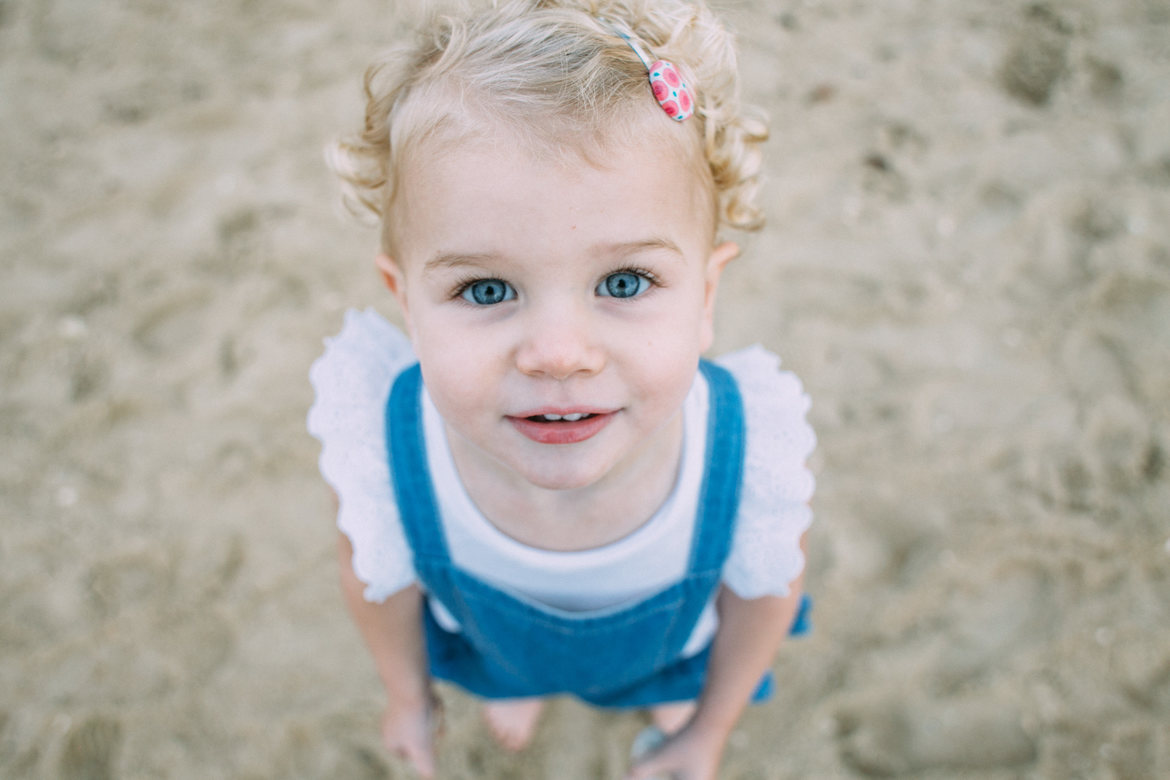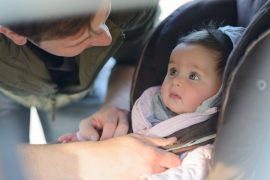By Tracy Cassels
In a world where we are constantly worrying about what we teach our children, focusing on explicit messages, I thought it would be good to take a look at the research on exactly what factors are influencing how our children learn from us and what this can mean for how we interact with them. Of note, the research is with older children (preschool age, often) as the focus is on verbal communication of some form or another (even just pointing at times) but what we know of these ages may help us extrapolate downward to our youngest or even just give us the information we need to know how some of our less obvious actions may affect our young ones of all ages.
Past Accuracy Matters
We know that children prefer to learn from individuals who have previously shown they are knowledgeable about areas the child is also knowledgeable about[1][2], that is, those who can show a certain level of accuracy in their prior statements. Of course this is all relevant to what the child knows, so if you happen to be wrong about things the child can’t experience him/herself, then there’s no basis for the child to determine accuracy. This is important as it means that their ability to discern accuracy only comes later with enough first-hand experience in the form of perceptual observations or consensus in society.
Interestingly, the degree of accuracy needed changes with development.
Three-year-olds will only favour someone if they have always been accurate whereas by four, children can play the odds and seem to keep track of one’s statistical likelihood of being accurate[3].
This implies a huge shift in the way children perceive accuracy; before four years of age, they seem to focus on inaccuracy and eliminate someone as a reliable source once they have any evidence to contradict that view, but by four, they have learned that someone who is accurate 75% of the time is still better than someone who is accurate 25%.
Accuracy also has implications for more global traits for children. In one study, it was found that children aged 5 believed an accurate individual was also more likely to be prosocial than an individual who was not accurate[4]. This halo effect is important to be aware of in the way in which our children view us and the people around us, and also how they treat them more generally. Exposure to all types of people may help children in not making too many inaccurate judgments of others.
Confidence Matters
In addition to accuracy, children are also very aware of various cues to confidence and use them when deciding whom to learn from. For example, children learn from individuals who show verbal signs of confidence (e.g., using “know” instead of “guess”)[5], nonverbal signs of confidence (e.g., shrugging versus not, facial expressions)[6], and, of course, a combination of both verbal and nonverbal cues[7].
Of course, not all children treat confidence as being indicative of knowledge or a lack of cues to confidence as being lacking in knowledge.
In a series of studies pitting confidence versus accuracy, one child reported believing that a hesitant individual was not unknowledgeable but rather simply thinking deeper; that is, signs of hesitancy were seen as a reflection of a deeper thought process[8]. However, regardless of the use of confidence in learning information, a vast majority of the children in these studies reported that the confident individual was smarter than the hesitant individual, which has implications for how children extend these cues to other traits.
Interestingly, adults also use confidence when under cognitive load[9], suggesting that it is a very basic cue for us to pay attention to. Adults in an experiment had to decide whom to trust in an eyewitness testimony based on calibration (i.e., the degree to which a person’s confidence matched their accuracy; good calibration = confident when accurate and hesitant when inaccurate). Two eye witnesses were presented, both were accurate once and inaccurate once, but one was well-calibrated and the other was not (being confident regardless of accuracy). When not under cognitive load, adults preferred to believe the well-calibrated witness, but under cognitive load, adults, like children, believed the confident but poorly-calibrated witness. Given the link to other traits like “being smart”[8], it is not surprising that confidence has such a pull, but we must be careful as we know that confidence in our society can be a sign of everything but knowledge.
Who Is Teaching Matters
Overall, we know that children prefer to learn from someone they know over a stranger[1], sometimes to the point of it being problematic. For example, 3-year-old children in one study continued to prefer a teacher they knew who was consistently inaccurate over a stranger who was consistently accurate. By 4 years of age though, children still show some familiarity preference, but the strength is weakened when the familiar source is often inaccurate.
Evolutionarily speaking, this isn’t too surprising. People we know are most likely to know information most relevant to your unique circumstance and situation.
However, in modern society, this familiarity shouldn’t have as much of a pull as we require lots of information from various sources in order to survive. And in fact, those closest to us may not have the right information to help us succeed.
Attachment Matters
Research into the long-term influence of attachment status has shown that early attachment (at 15 months) matters in terms of how a child responds to learning from his/her mother versus a stranger (at 4-5 years)[10]. Specifically, when either the mother or stranger could be correct (the ambiguous situation for the child), children who are securely attached are more likely to trust their mother, but when the mother’s answer contradicts what the child can see perceptually (non-ambiguous), securely attached children will contradict their mother in favour of the stranger and their own perceptions. Children who are insecure-avoidant do not show any tendency to go with their mother in either scenario while children who are insecure-resistant go with their mother all of the time, even when the mother contradicts what the child can see.
When we think about what these patterns of attachment mean, it suggests that securely attached children feel comfortable trusting their mother as a source of information unless she contradicts what the child can see, in which case the child is happy to refute her. Insecure-avoidant children pay no mind to their mother, their experiences having taught them that she is not to be trusted. Insecure-resistant children only pay attention to their mother, to the point of it being a fault, and yet their experiences would suggest they have to keep track of what their mother is thinking and feeling in order to keep themselves safe. Keep this in mind when you think of all the reasons it’s important to foster secure attachment.











